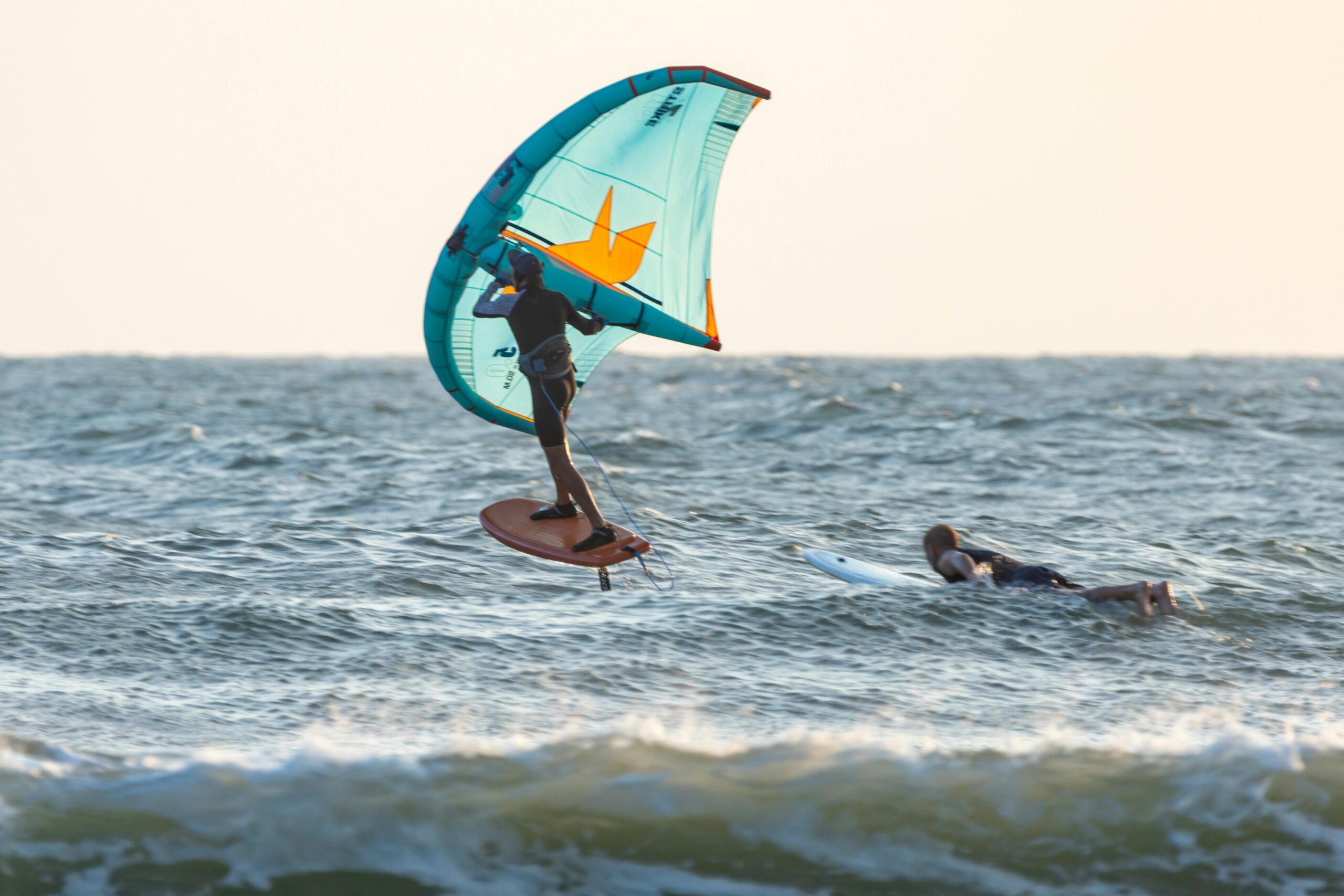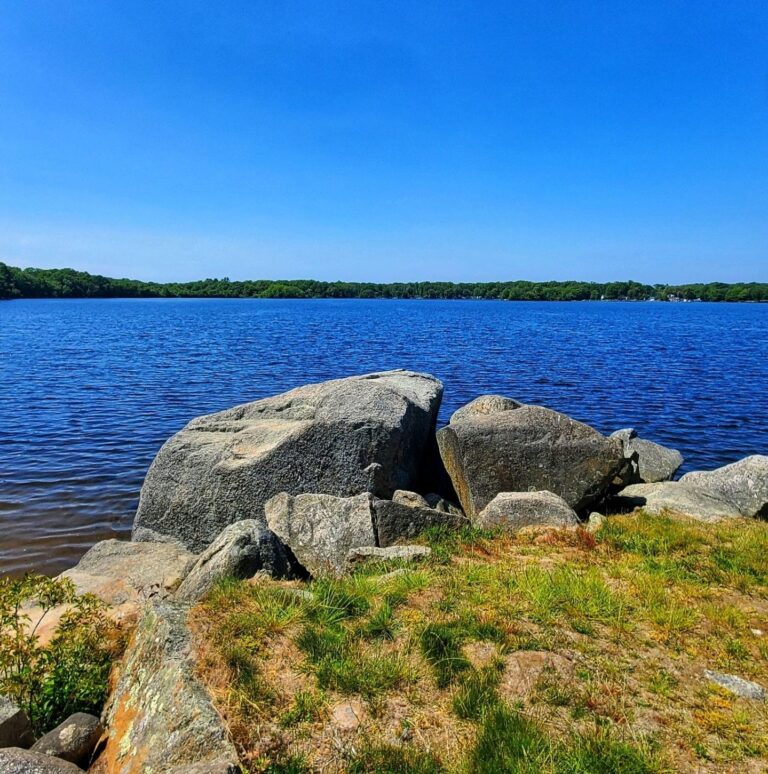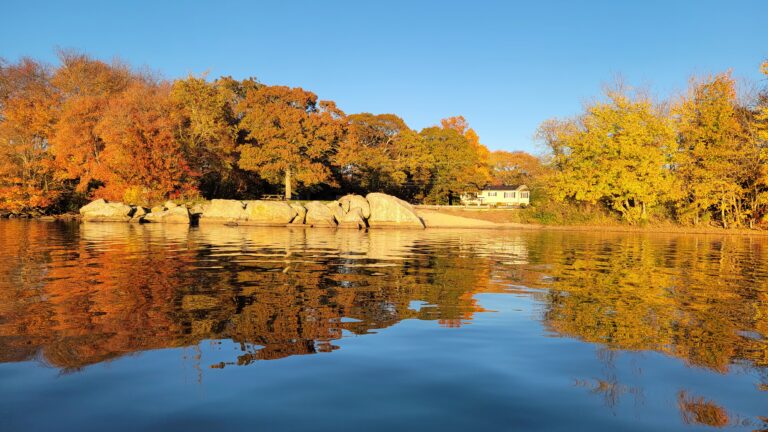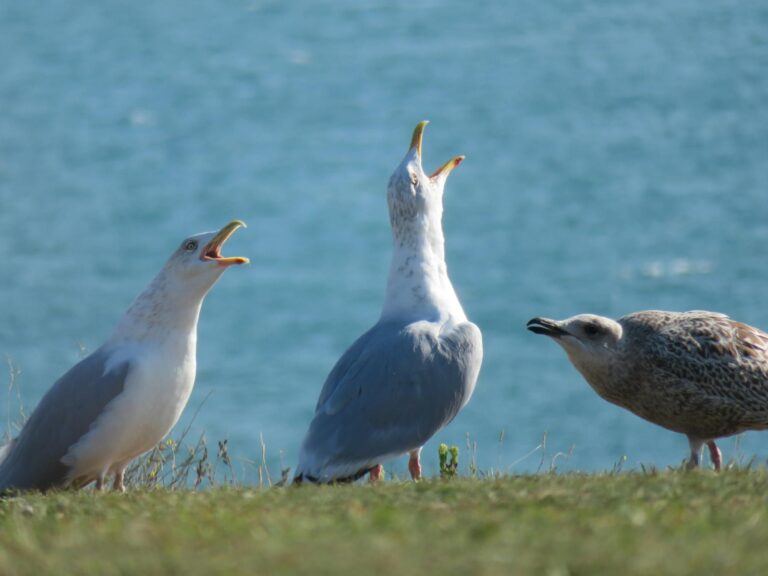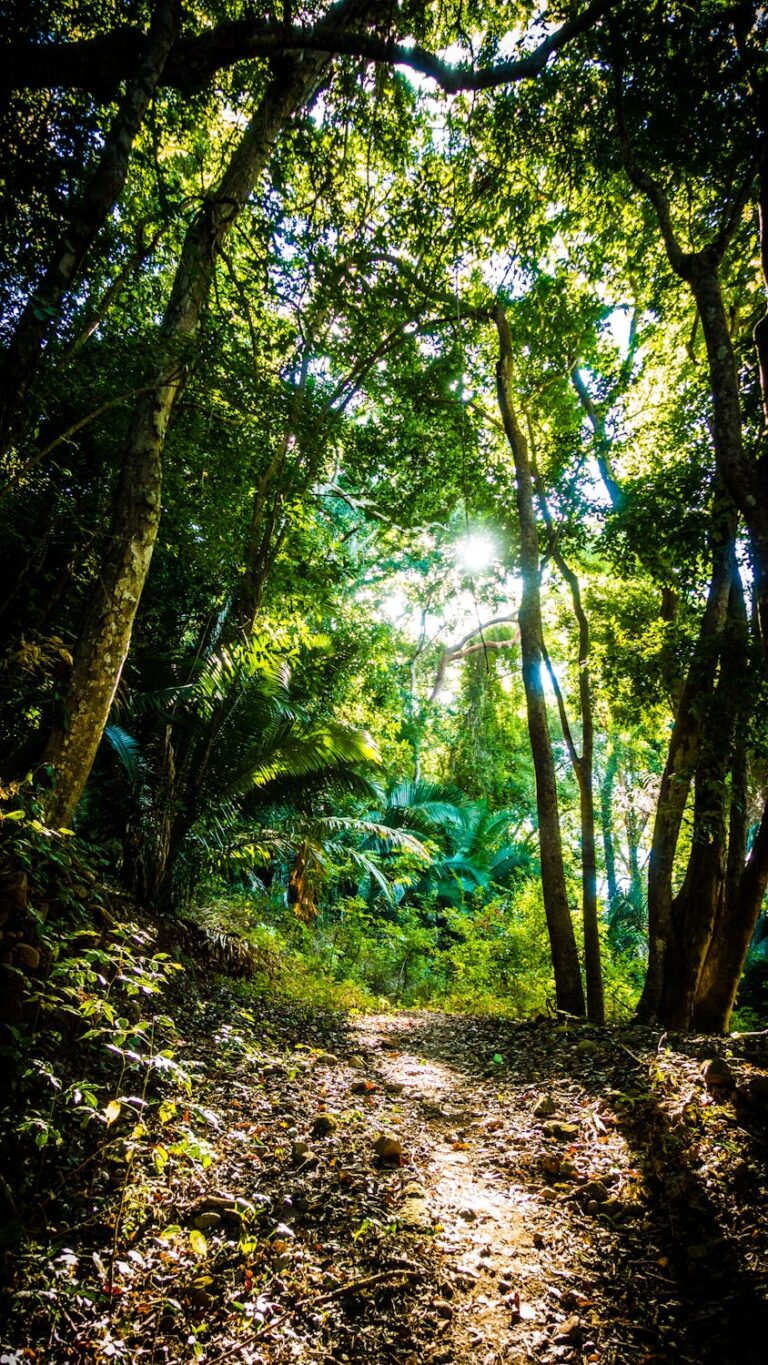The Thrill of Wind Surfing on Freshwater Ponds: A Beginner’s Guide
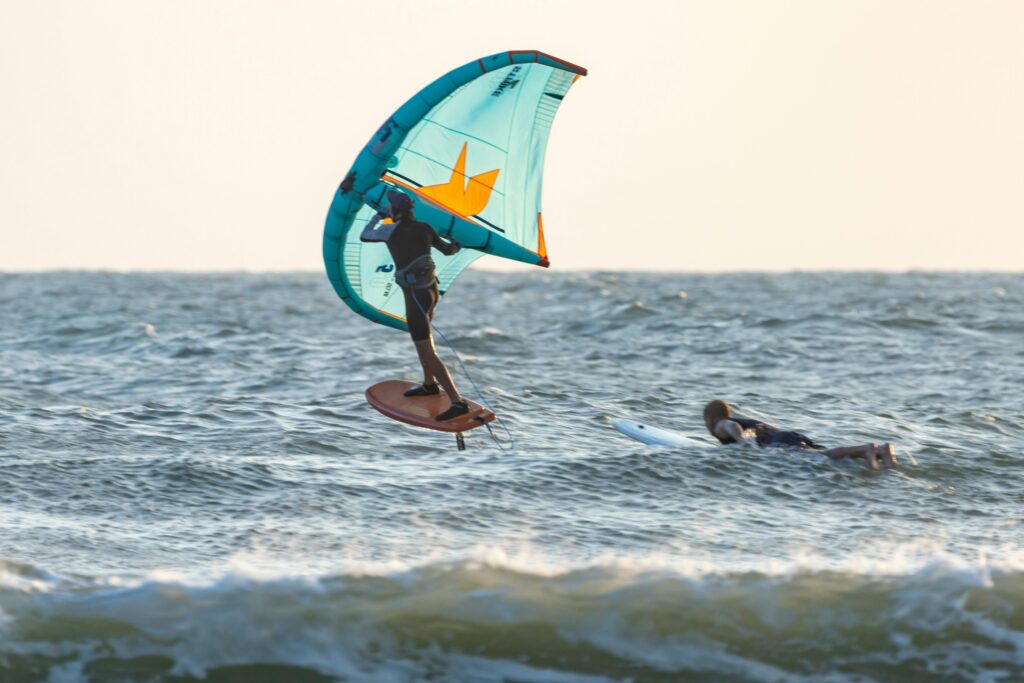
Wind surfing, a combination of sailing and surfing, offers an exhilarating experience as you harness the power of the wind to glide across the water. Freshwater ponds provide an ideal setting for beginners to learn and enjoy this water sport. In this informative and educational post, we’ll introduce you to the basics of wind surfing on a freshwater pond.
Part 1: Getting Started with Wind Surfing
1. Equipment Essentials:
- To begin wind surfing, you’ll need the following equipment:
- Windboard (or board) with an attached sail
- Mast and rigging
- Harness and lines
- Wetsuit and personal flotation device (PFD)
- Windsurfing-specific footwear
2. Safety First:
- Safety is paramount in wind surfing. Ensure you have the necessary safety equipment, such as a PFD, and know how to use it. Familiarize yourself with the rules and regulations governing wind surfing in your chosen pond.
3. Choose the Right Pond:
- Select a freshwater pond that provides a suitable environment for beginners. Look for ponds with relatively calm waters and consistent winds, making learning and practicing easier.
Part 2: Learning Wind Surfing Basics
1. Balance and Stance:
- Before you can ride the wind, you’ll need to find your balance on the board. Practice standing on the board with your feet shoulder-width apart and maintaining a stable stance.
2. Starting Position:
- Begin by learning the starting position. Lie on your stomach with your hands gripping the boom, board perpendicular to the wind, and the sail flapping in the breeze.
3. Sheet In and Out:
- The sail’s position is controlled by the lines and harness. Understand how to sheet in (pull the sail closer) and sheet out (release the sail) to control your speed and direction.
4. Tacking and Jibing:
- Tacking involves turning the board through the wind while keeping the sail powered. Jibing is a downwind turn. Learn these essential maneuvers for changing direction on the water.
Part 3: Enjoying Wind Surfing on a Freshwater Pond
1. Launching and Returning:
- Learn how to launch your board and sail into the water and safely return to the shore. Launching and returning are critical skills.
2. Reading the Wind:
- Understanding wind patterns and reading the wind is essential for successful wind surfing. Know how to recognize gusts and lulls in the wind and adjust your stance and sail accordingly.
3. Continuous Learning:
- Wind surfing is a skill that improves with practice. Consider taking lessons from a certified instructor or joining a wind surfing club to enhance your skills and meet like-minded enthusiasts.
Part 4: Wind Surfing Etiquette and Environmental Responsibility
1. Share the Water:
- Respect other water users and be mindful of their safety. Yield the right-of-way when necessary and avoid crowded areas.
2. Environmental Responsibility:
- Wind surfers should protect the environment by avoiding sensitive areas, reducing litter, and using environmentally friendly products.
Conclusion:
Wind surfing on a freshwater pond provides a thrilling and rewarding experience for water sports enthusiasts. By learning the basics, practicing safety, and enjoying the freedom of the wind, you can embark on an exciting wind surfing journey on the serene waters of freshwater ponds. With dedication and continuous learning, you’ll master the art of riding the wind and find joy in this invigorating sport.
